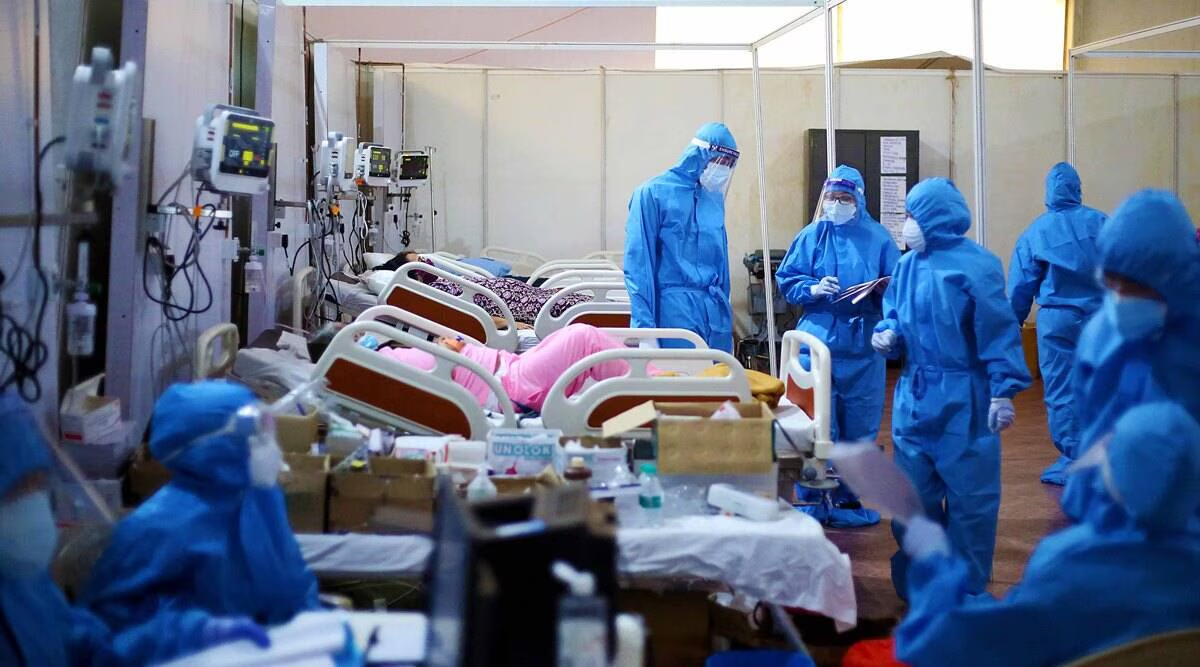New Delhi, 06 June 2025: As of early June 2025, COVID-19 is making a worrying comeback in India, with a sharp spike in active cases and new sub-variants emerging. According to the Ministry of Health and Family Welfare, the active caseload has surpassed 4,000, with several states like Maharashtra, Kerala, and Delhi seeing the biggest jumps. This resurgence is triggering concern among healthcare professionals and the general public alike, especially as memories of past pandemic waves still linger.
If you’re concerned about this sudden COVID spike, you’re not alone. Understanding what’s happening, how the virus is evolving, and—most importantly—what you can do to protect yourself and your family is critical.
Why Are COVID-19 Cases Rising Again in India?
There are several reasons contributing to the current rise in infections:
- New Variants: Experts have flagged the emergence of highly transmissible variants, some potentially evading immunity gained from vaccines or past infections.
- Low Mask Compliance: As life returned to normal, most people dropped mask usage in public places.
- Vaccine Fatigue: Many have skipped booster doses or are unaware of the need for updated vaccines targeting newer strains.
- Seasonal Spread: The monsoon season brings more indoor gatherings, increasing transmission risks.
States Reporting High COVID-19 Cases
Here are some of the hotspots currently seeing the highest number of infections:
- Maharashtra
- Kerala
- Delhi
- Tamil Nadu
- Karnataka
Hospitals in these states have been directed to remain on high alert, with contingency plans to scale up isolation wards and oxygen support if the situation worsens.
Common Symptoms of the New COVID Variants
Although symptoms may vary from person to person, the following are being commonly reported:
- Fever and chills
- Sore throat
- Persistent cough
- Fatigue and body aches
- Nasal congestion
- Headache
- Loss of taste or smell (less common with new variants)
- Diarrhea or gastrointestinal upset
If you experience these symptoms, especially after contact with someone who tested positive, it’s important to get tested immediately.
Who Is at Higher Risk?
While anyone can get infected, some groups are more vulnerable to severe outcomes:
- Adults over 60 years of age
- Individuals with comorbidities (diabetes, heart disease, kidney conditions, cancer)
- Immunocompromised patients
- Pregnant women
- Unvaccinated individuals
For these groups, even mild COVID infections can lead to complications and hospitalizations.
What You Should Do to Stay Safe: COVID-19 Safety Tips for 2025
With cases on the rise, it’s time to re-adopt certain preventive strategies—whether you’re at home, at work, or traveling.
1. Wear a Mask Again
Use a high-quality N95 or triple-layered surgical mask in crowded or poorly ventilated places. Avoid cloth masks as they provide less protection against aerosolized particles.
2. Sanitize and Wash Hands Frequently
Regular hand hygiene is still one of the most effective ways to cut down on infection risk. Use alcohol-based hand sanitizers or wash hands for at least 20 seconds with soap and water.
3. Avoid Crowded Indoor Gatherings
Postpone unnecessary get-togethers or choose open-air venues with good airflow. The virus spreads much faster indoors.
4. Update Your Vaccinations
Ensure you’re fully vaccinated and have received the latest booster shots, especially those targeting the newer Omicron-related variants. Check with your healthcare provider about eligibility.
5. Monitor Your Health
If you feel even mildly unwell, stay home, isolate yourself, and get tested. Avoid the urge to “power through” symptoms, as you could unknowingly spread the virus.
6. Ventilate Your Living and Working Spaces
Keep windows and doors open whenever possible. Consider using HEPA filters or air purifiers in closed spaces.
7. Stock Essentials, Not Panic
Keep basic medications, a thermometer, an oximeter, masks, and sanitizers at home. However, avoid panic buying or hoarding, which only disrupts supply chains.
8. Follow Government Guidelines
Stay updated on the latest advisories from the Ministry of Health and local civic bodies. Follow quarantine, travel, and testing guidelines as directed.
What to Do If You Test Positive?
- Isolate Immediately: Avoid contact with other members of your household.
- Notify Contacts: Inform people you’ve been around in the past 48 hours so they can monitor their health.
- Stay Hydrated and Rest: Most mild cases can be managed at home with fluids, fever medications, and proper rest.
- Seek Medical Help if Symptoms Worsen: If you experience breathlessness, oxygen saturation drops below 94%, or persistent high fever, seek hospital care immediately.
While the COVID-19 spike in India is cause for concern, panic is not the answer—preparedness is. With the right precautions and an alert mindset, we can navigate this wave safely and avoid repeating the mistakes of past surges. As we continue to learn to live with the virus, your choices—wearing a mask, avoiding unnecessary gatherings, and staying vaccinated—can make all the difference.








